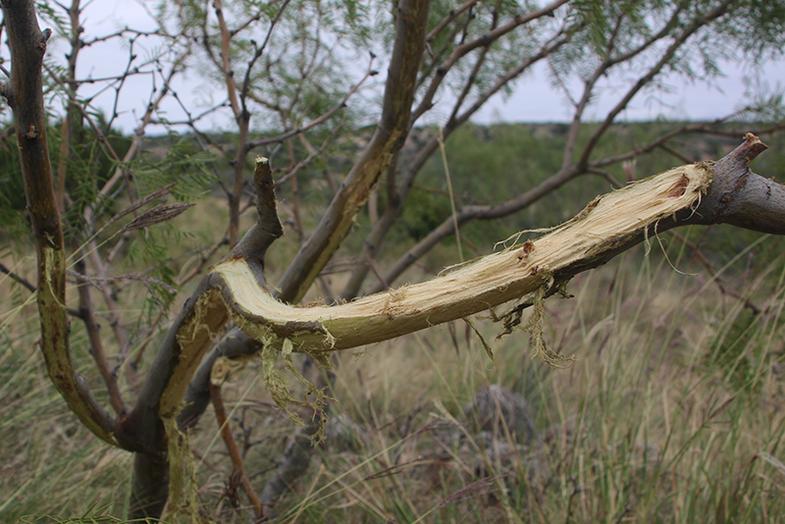More Rubs…and Scraping Finally Reported
Overall Activity Status: Mid-October is sort of the calm before the storm. Bucks are not yet recklessly cruising and chasing...

Overall Activity Status: Mid-October is sort of the calm before the storm. Bucks are not yet recklessly cruising and chasing does, but they aren’t on their lazy summer patterns either. Friend and Texas Parks and Wildlife Department biologist Jeff Bonner reports that he has not received one phone call yet from a hunter needing his tracking dogs Annie and Tebow to help recover a deer. That tells him the hunting has been slow so far. And very few of my contacts have killed deer this season, mostly because they are holding out for something big. Late October, when weather patterns change and bucks start to feel frisky, can be some of the best action of the season. So if things are slow in your neck of the woods today, be patient—better hunting is coming.
Fighting: No reports yet of serious antler-busting, but I did get several more trail camera pictures recently of small bucks pushing back and forth.
Rub Making: I found several fresh rubs this weekend; that’s one above. Each one was on a mesquite tree at about waist level. You can tell they are very fresh because the shredded bark was still soft and wet and the peeled tree limbs were yellow in color.
Scrapes: I had the first report of the season of a few fresh scrapes. They were made on the edge of a field near corn feeders on a friend’s place in north Texas. Each one was about the size of a basketball with a torn branch hanging over the pawed earth. Scrapes should increase in the next couple of weeks.
Chasing. None reported.
Daytime Movement: Morning low temperatures have dropped to 40 degrees in the northern half of the region. Yet daytime highs are still 80-plus in many counties. Cool mornings lend themselves better to seeing older age-class bucks in daylight than do hot afternoons. The first hour in the morning and the last 15 minutes of light in the evenings seems to be the prime time to see a good buck now.
Estrous Sign: No reports yet of any real buck/doe interaction related to the rut.
X Factor: Due to timely rains this year, much of the region has lush plant growth right now. Bucks don’t have to move far for groceries. I’ve seen only a few small bucks at feeders so far, despite the fact that I know some older, bigger bucks survived the season last year. Others have reported the same thing, slow traffic at corn feeders. My guess is there are still bucks out there we have not seen yet, because they don’t have to move far to survive right now. Mid to late October usually means the first freeze of the season in the northern part of the South Central region. I would guess that after the freeze, when native browse and weeds die back, some new bucks will show up for free corn around corn feeders or they will just be traveling more in daylight to find feed and a mate.